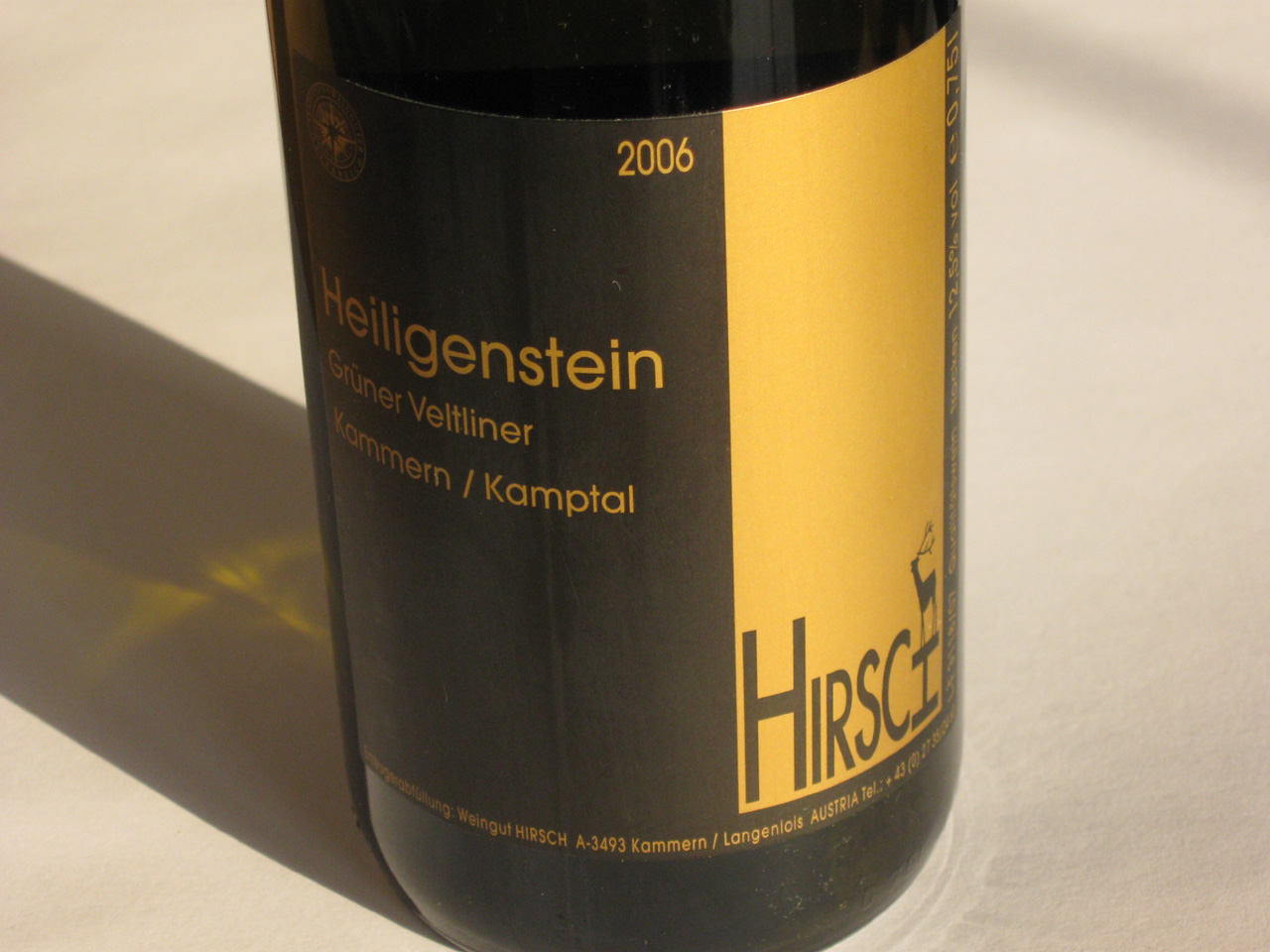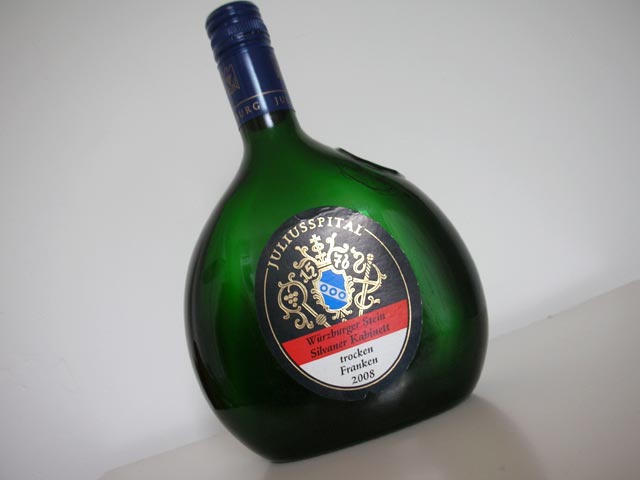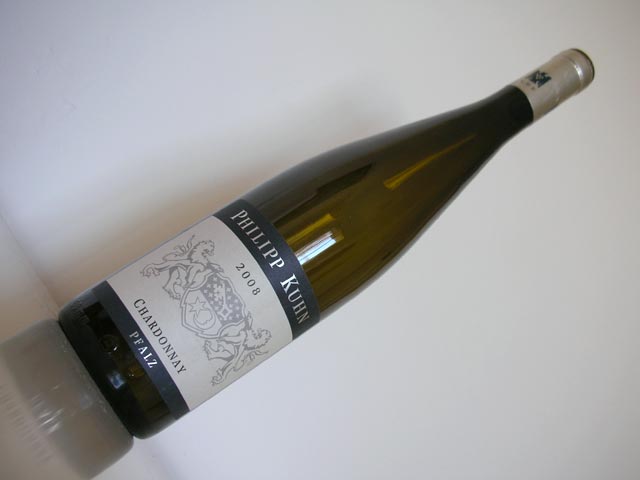Reinhold Haart, Wintricher Ohligsberg, Riesling Großes Gewächs, 2008
The Haart winery is a Wine Rambler regular, constantly winning our praise for their elegant and sophisticated sweet Riesling. However, they are also producing a small quantity of dry Riesling, of which we so far shockingly have only reviewed one. This is to change today.

A simple way of describing the bouquet of the Haart Riesling would be to say that it features stone fruit, lemon, mineral, yeast and a hint of vegetable and tobacco. A much better way of describing it would be to ask you to imagine finding an old tobacco chest in a cool, somewhat damp, loamy cave. The bottom layer of the chest would be covered with ground stone and earth, generously sprinkled with lemon juice and pieces of stone fruit - and all of that covered with a wet, mineral heavy ball of cotton wool soaked in yeast.








